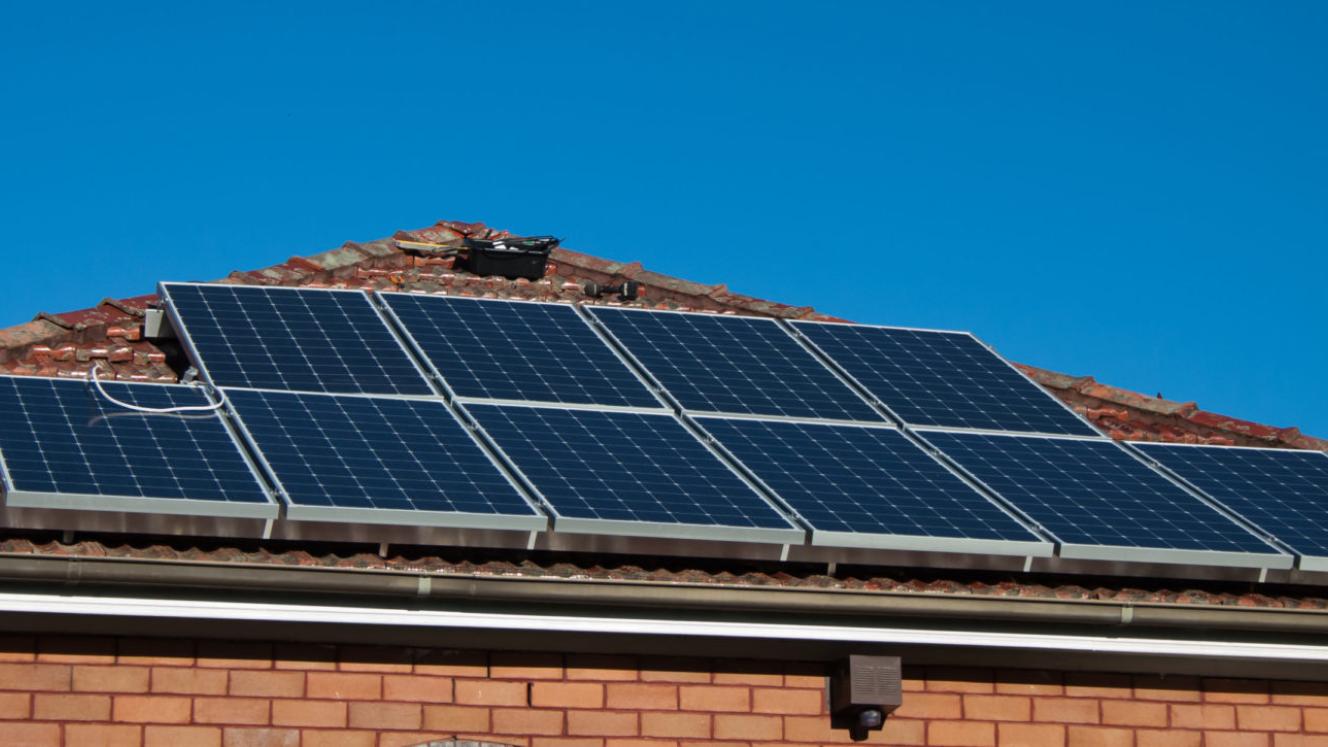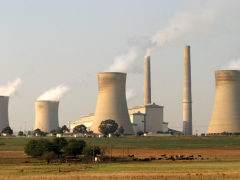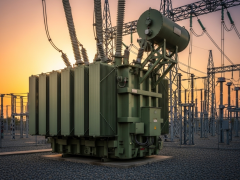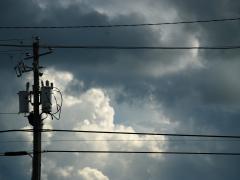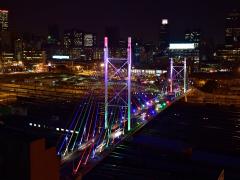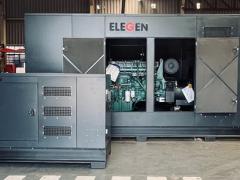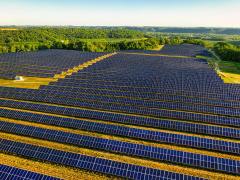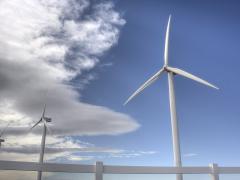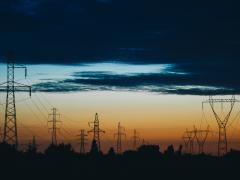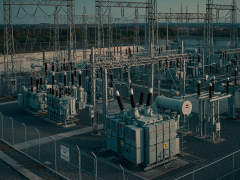Eskom is deploying satellite imagery and data analytics to identify unregistered rooftop solar photovoltaic installations as part of a national compliance drive targeting unauthorised small-scale embedded generation (SSEG) systems.
The utility told Energize that “various approaches and analytics” are being used to detect SSEGs operating within its supply network, including satellite surveillance. It did not provide specifics on technology being deployed.
In February, Eskom confirmed that all SSEG installations under 100 kVA that operate alongside its supply, including those not feeding electricity back into the grid, must be registered in line with the National Energy Regulator of South Africa’s requirements. “With more solar systems pushing energy onto the grid, the safety of the grid has become a critical focus for performance and the safety of staff working on it,” Eskom said at the time.
The utility has waived connection fees for SSEG systems under 50 kVA and suspended a 3,2% tariff increase until March 2026. Once registered, customers will be converted to the Homeflex tariff.
Eskom’s decision to temporarily ease the cost burden offers some relief. However, high costs and grid bottlenecks could stall broader solar adoption, industry experts warn. “Systems smaller than 100 kW are already covered under the certificate of compliance issued by a qualified electrician. Adding another layer of costly certification by Engineering Council of South Africa-accredited professionals is redundant, overly burdensome and undermines the objective of wider renewable energy adoption,” says Matthew Cruise, Business Development Executive at IMPOWER.
